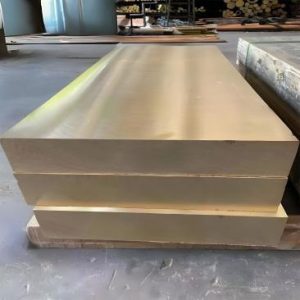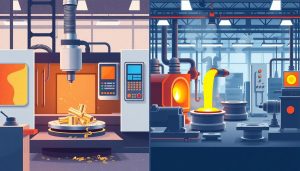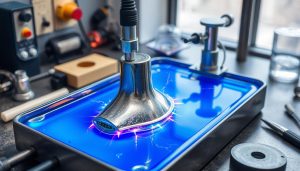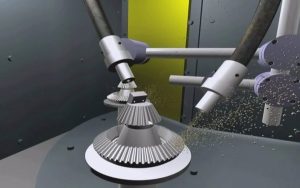Ever wondered why some products don’t meet expectations? The issue might be in die casting, a key process for many metal parts. But what are die casting defects, and how can we avoid them? This guide will show you the main causes of casting problems and how to fix them.
What Are Die Casting Defects?
In manufacturing, die casting is key for making detailed metal parts. But, it can sometimes lead to defects – flaws that affect product quality. Knowing about these die casting defects helps keep quality high and customers happy.
Definition and How Defects Impact Product Quality
Die casting defects are flaws that happen during the process. They can be internal, like gas bubbles or foreign material, or external, like surface marks or wrong sizes. These flaws can weaken the part, change its look, and hurt how well it works.
Categories of Die Casting Defects: Internal vs External
- Internal Defects: These are hidden inside the part. Examples are gas bubbles, shrinkage, and foreign material.
- External Defects: These show on the part’s surface. Examples include casting imperfections, like cold shuts, misruns, and cracks.
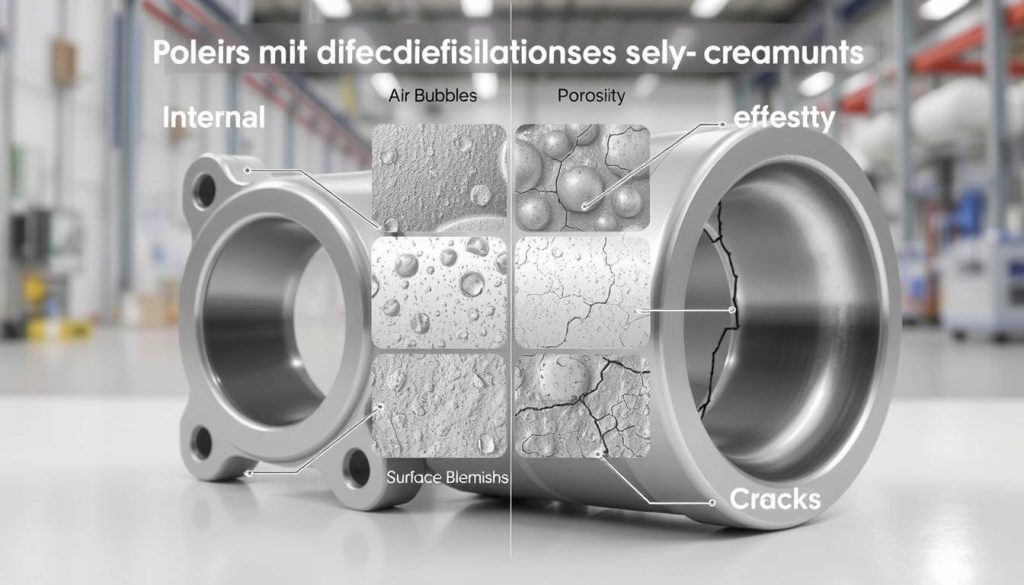
It’s important to spot and fix these die casting defects, both internal and external. This ensures high product quality and meets customer needs.
Common Types of Die Casting Defects
In die casting, many defects can happen. Each has its own cause and effect. From gas porosity and blisters to cold shuts and misruns, knowing these is key for quality and efficiency.
Gas Porosity and Blisters
Gas porosity is a common internal defect. It happens when air or gas gets trapped in the metal, making small voids. These can weaken the product. Blisters are surface defects, looking like bubbles on the casting.
Cold Shuts and Misruns
Cold shuts and misruns are also common. Cold shuts occur when metal doesn’t fill the mold fully. Misruns happen when metal flow is blocked, leading to incomplete mold filling.
Soldering and Surface Cracks
Soldering is when the casting sticks to the mold. Surface cracks are tiny fractures on the outside. Both can affect the product’s look and function.
Dimensional Inaccuracies
Dimensional errors are a big issue. The final product might not match the design. These errors can come from mold wear, cooling issues, or uneven metal flow.
It’s vital to understand and fix these defects for top-quality products. In fields like automotive and aerospace, knowing the causes helps. This way, manufacturers can avoid these problems and achieve great results.
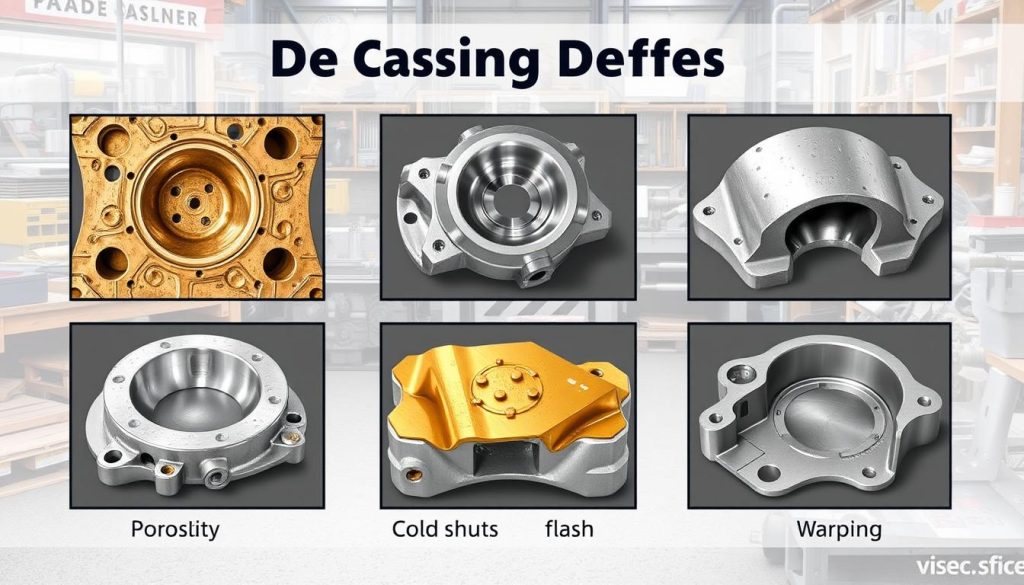
Causes and Prevention of Die Casting Defects
To make perfect die casting products, you need to know what causes defects. One big factor is mold design and maintenance. Bad mold design or not keeping it up can cause air to get trapped, metal to flow wrong, and wear out too fast. This can lead to many defects.
It’s important for makers to design molds that work well and check them often. This keeps the molds in good shape.
Optimizing Casting Parameters: Pressure, Temperature, and Speed
Getting the casting parameters right is also key to avoiding defects. Too little pressure can cause parts not to fill up right, while too much can lead to gas bubbles and cracks. The wrong temperature can also cause problems like bad surface finish and parts not being the right size.
By adjusting these settings based on the material and part needed, makers can lower the chance of defects. This can save a lot of money and effort.
Material Quality and Preparation
The quality and how the die casting materials are prepared are also very important. Bad materials can cause problems like gas bubbles and cracks. Choosing the right materials and handling them well is crucial for good quality parts.
Also, making sure the metal is well-conditioned, degassed, and filtered helps avoid defects. This makes sure the parts come out right.
